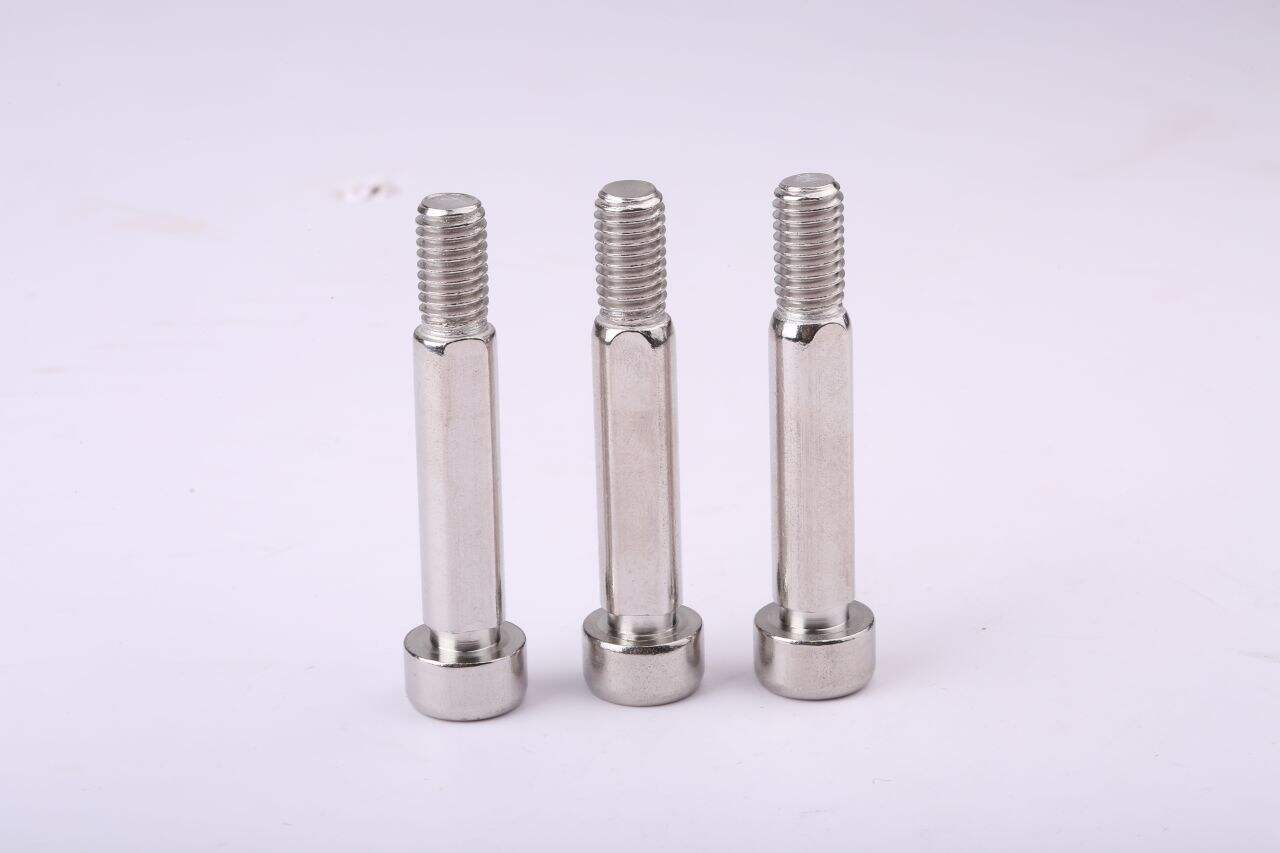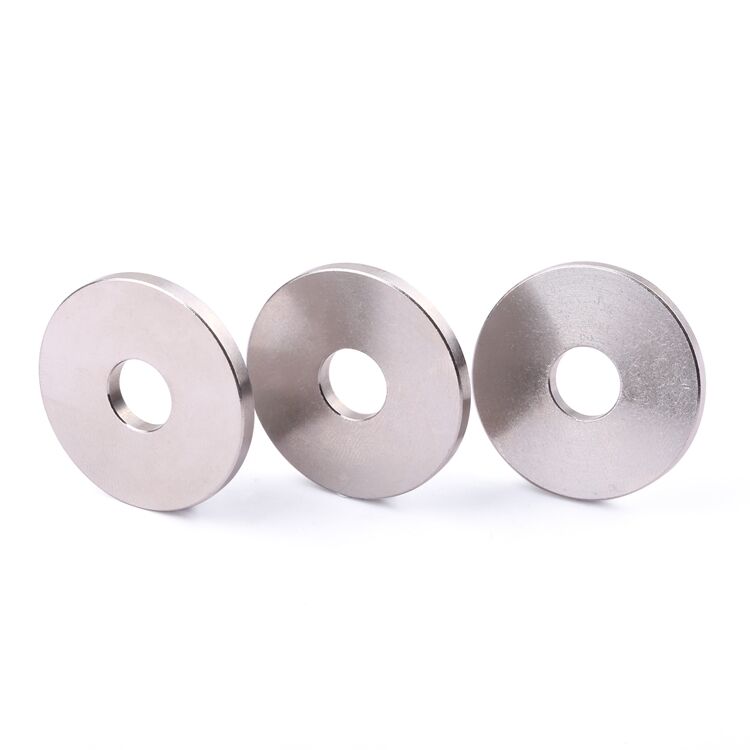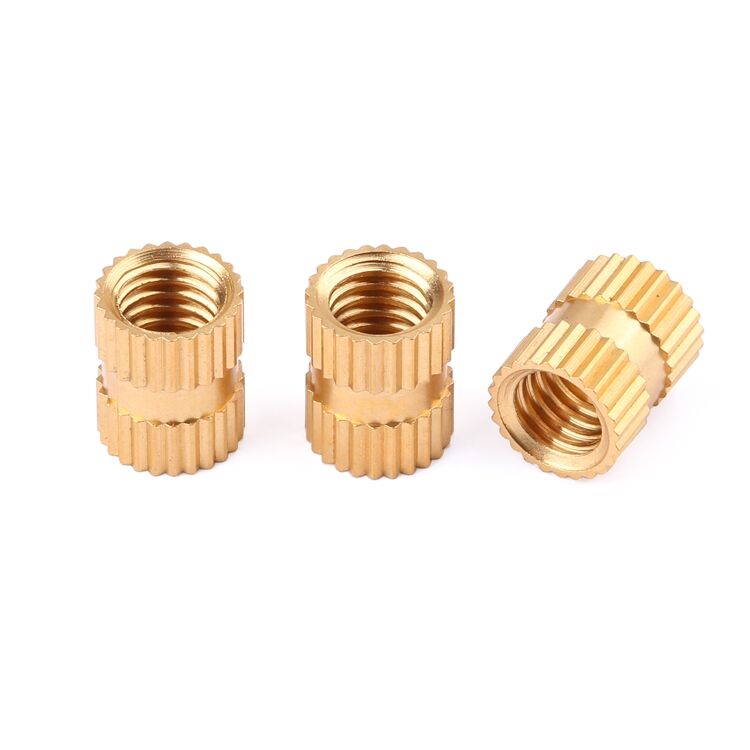Hexagon bolts might seem like very more simple pieces, but their role in keeping various things tied together is simply undeniable. They resemble screws to some extent, larger and more robust than that. The term "hexagon" comes from the form of the bolt, which has six sides, similar to a stop sign. This specific shape enables the bolt to lock evenly with tools, making them usable.
Краткое описаниеThe top part of the bolt is called head. If you need to, you can use a spacer/wrench to unscrew or screw in the head. This matters because at sometimes you want the bolt to be extremely tight and at times you want to loosen it in order to take things apart.
Size: The bolt needs to be the right size for what you're working on in the first place. If the bolt is too long, it may protrude too far, and if it is too short, it may not fix things together tightly. So crucial to get the right size!
Material: Then consider the material from which the bolt is made. Material: Hexagon bolts are made of different materials such as stainless steel, carbon steel, etc. Every kind of material has varying strengths so you want to select one that suits your project the best. Stainless steel bolts are ideal for outdoor projects because they resist corrosion.

Bolt Thread Type: Lastly, you should consider the type of thread on the bolt. Thread must correspond with the thread on the nut — the piece that is coupled with the bolt to secure stuff together securely. If they don’t match, the bolt won’t fit right, and you’ll have problems.

Always ensure you are torquing the bolt to the right spec. Torque is the appropriate amount of force that should be applied during tightening. If you make it too tight, you can break it, and if you don’t make it tight enough, it can come loose.

Using lubrication, such as oil or grease, on the bolt can also be beneficial. This makes tightening the bolt less difficult and helps in the reduction of friction (a situation in which two pieces rub against each other which could be hazardous).


